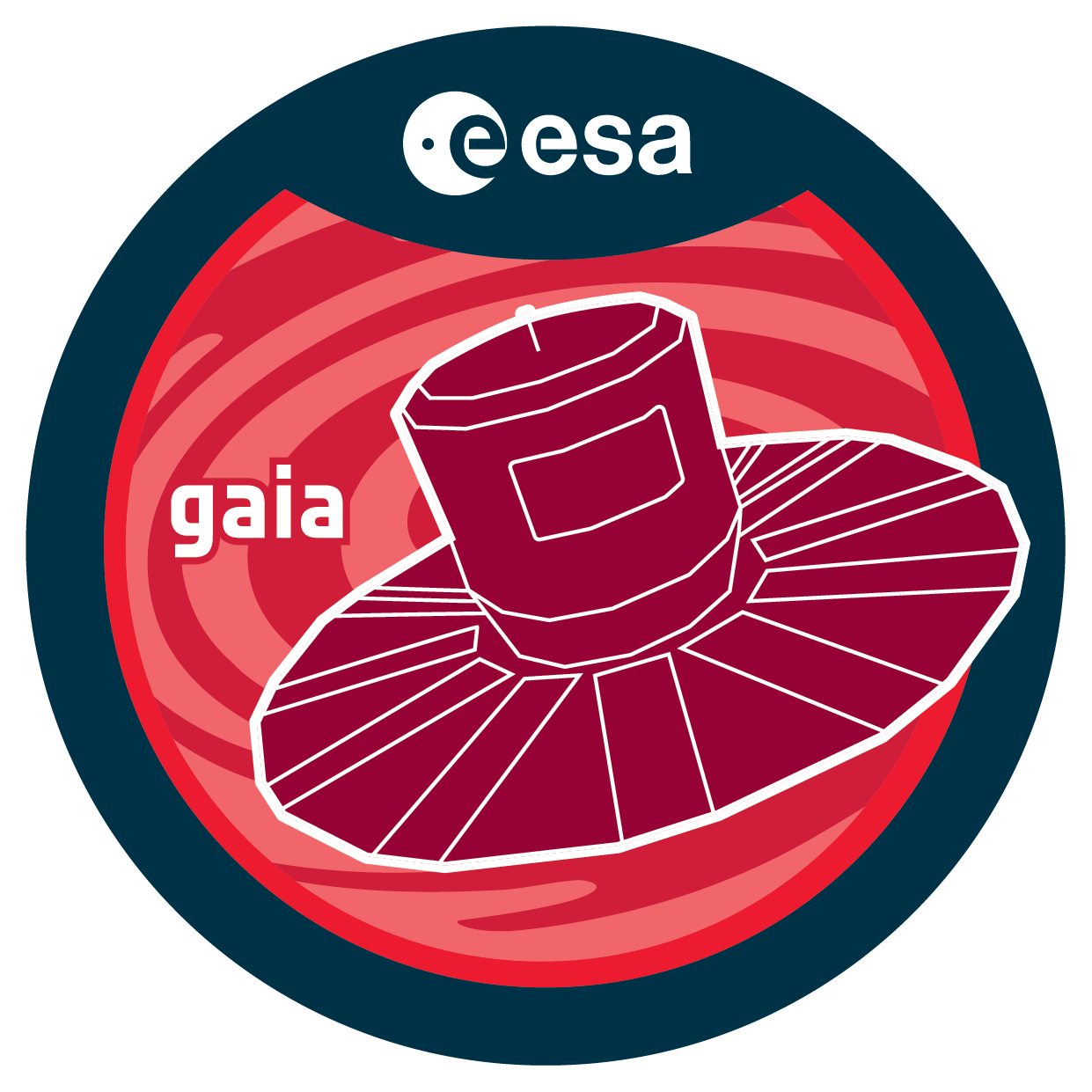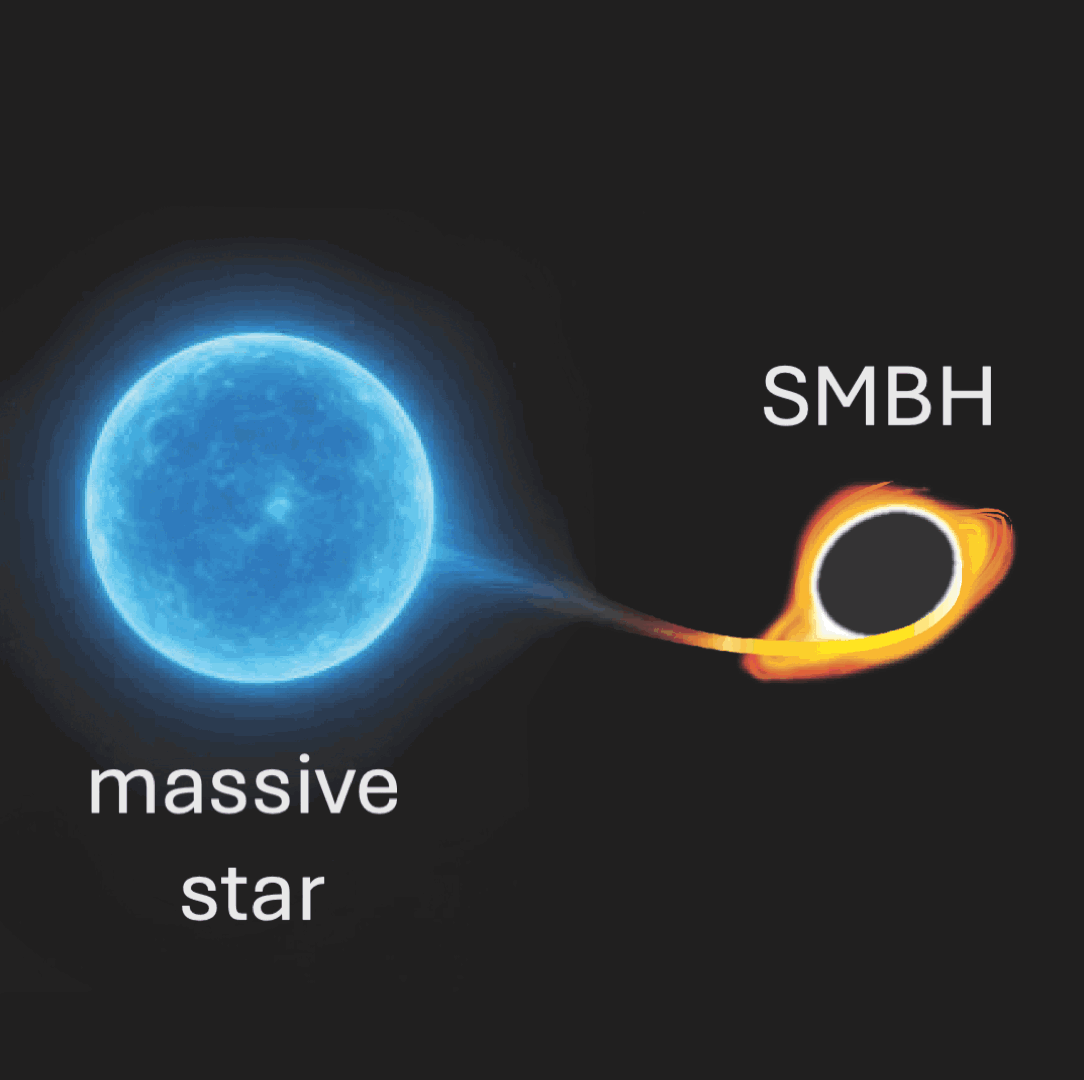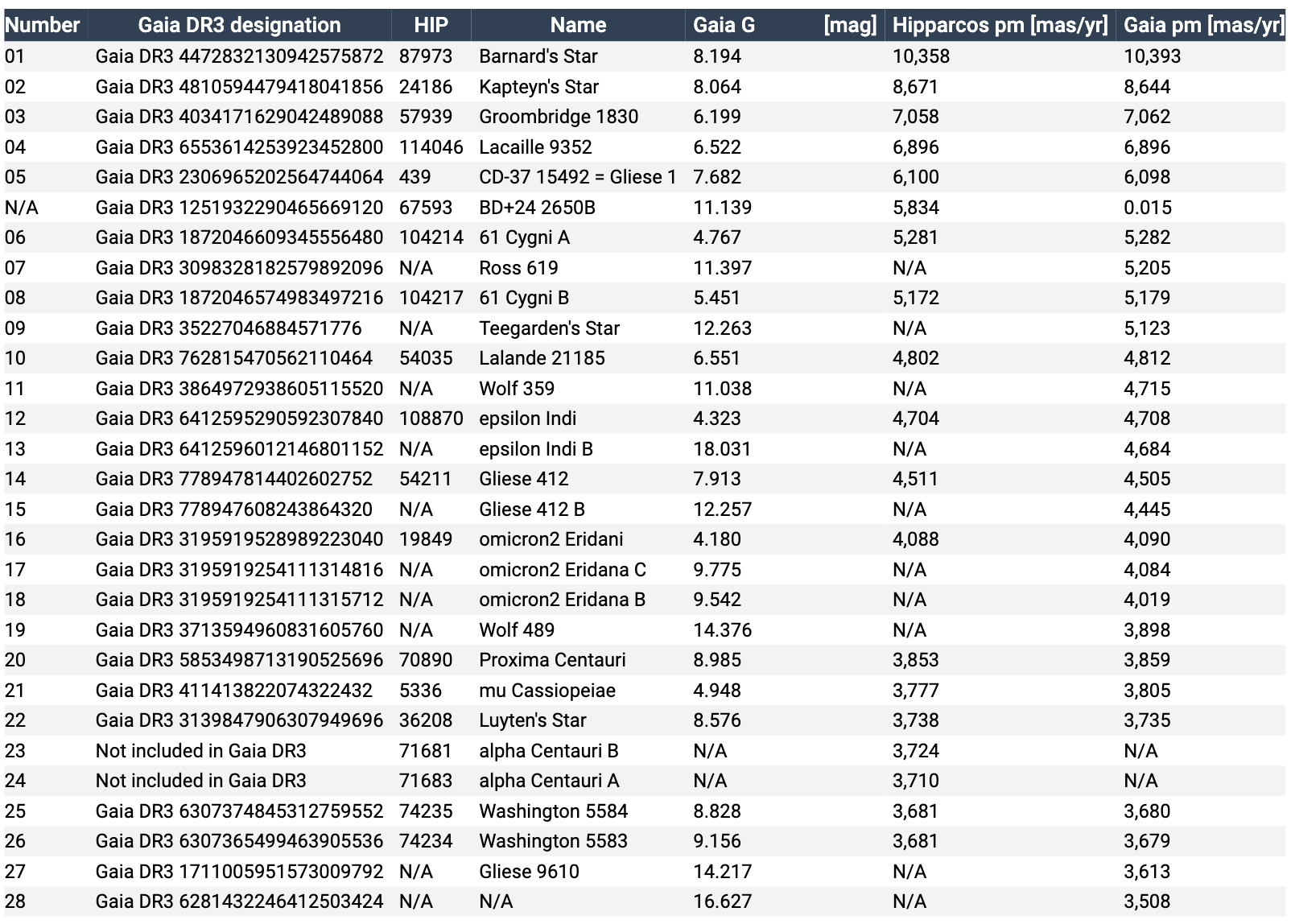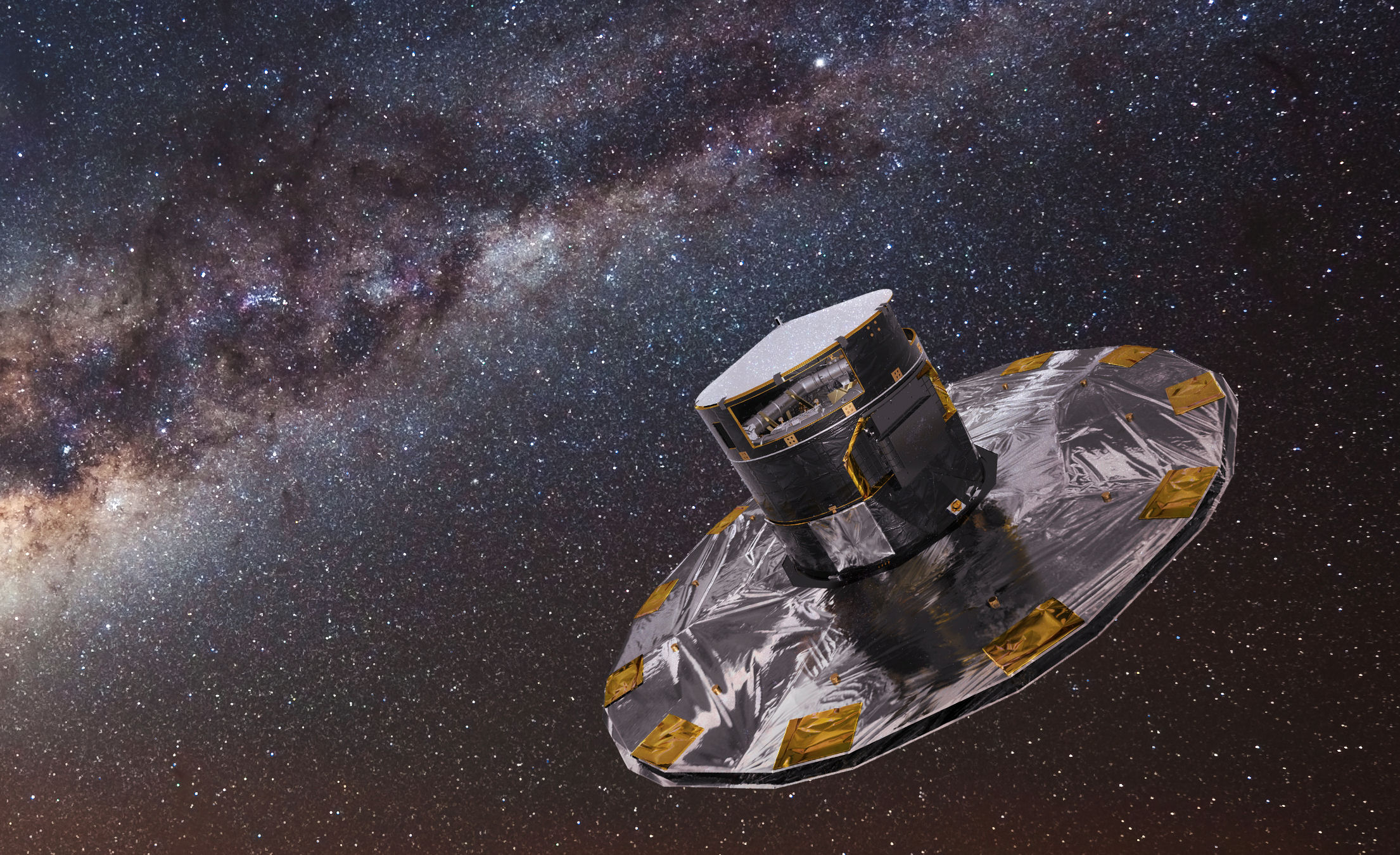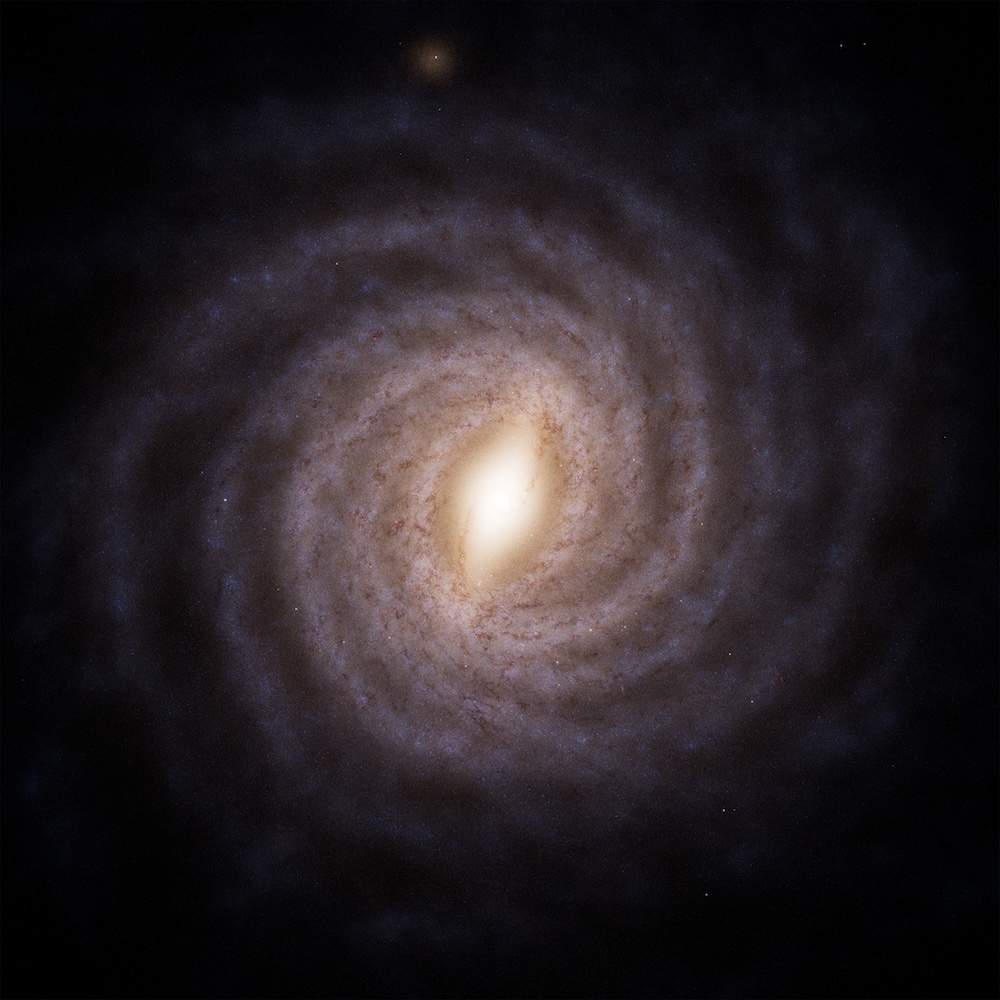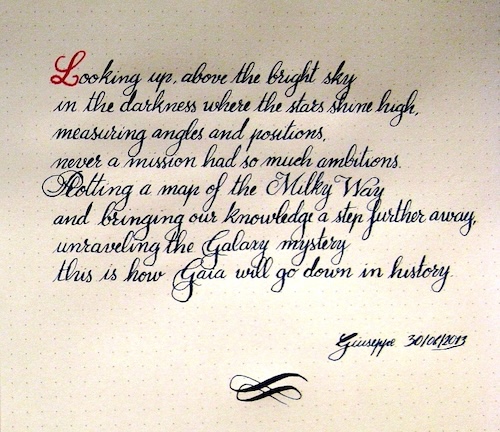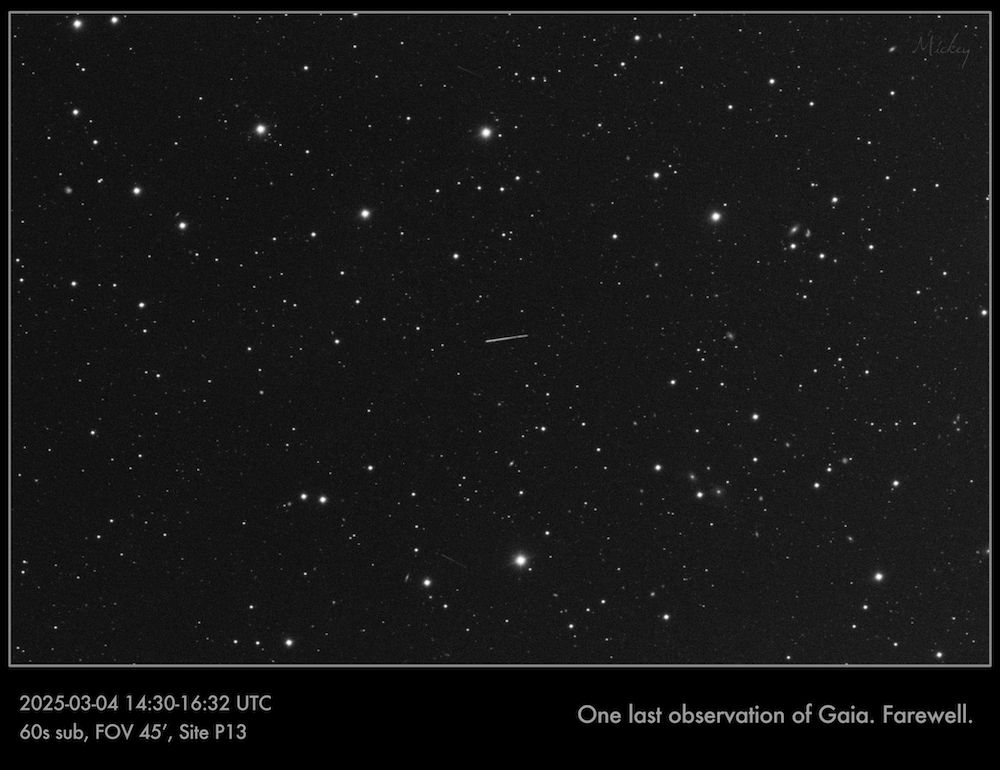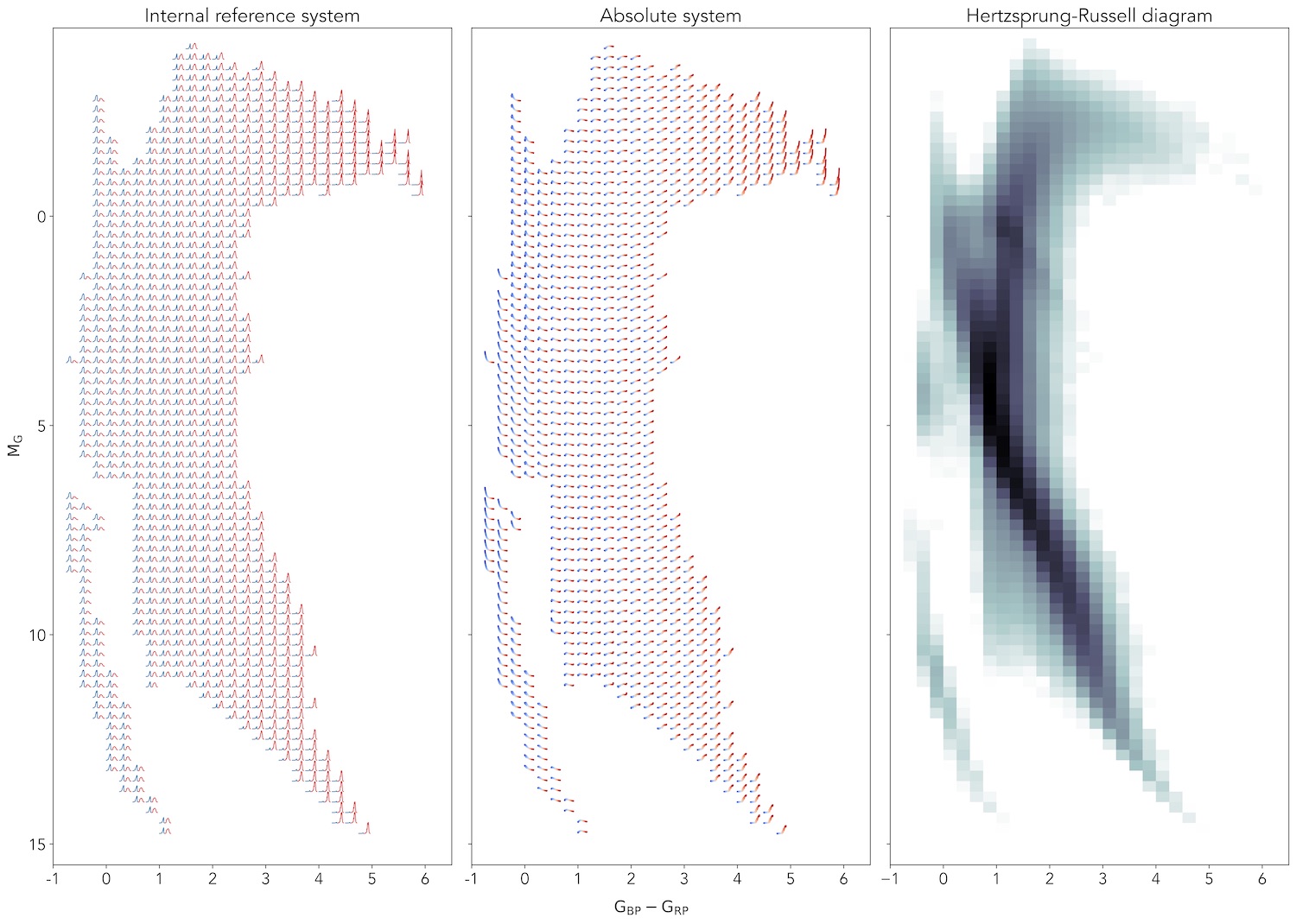ESA Gaia Science Community - Gaia
Science with 1 billion objects in three dimensionsWelcome to ESA's website for the Gaia Scientific Community |
|
- Removed a total of (1) style text-align:center;
- Removed a total of (1) style float:right;
- Removed a total of (1) align=center.
- Removed a total of (1) border attribute.
- Removed a total of (1) cellpadding attribute.
- Removed a total of (1) cellspacing attribute.
Gaia mission status
| Technology testing concluded and spacecraft passivated |
| 3827 days of science operations concluded |
| 141,038 GB of science data gathered |
|
267,336,261,480 transits observed Gaia Data Release 4 in preparation |
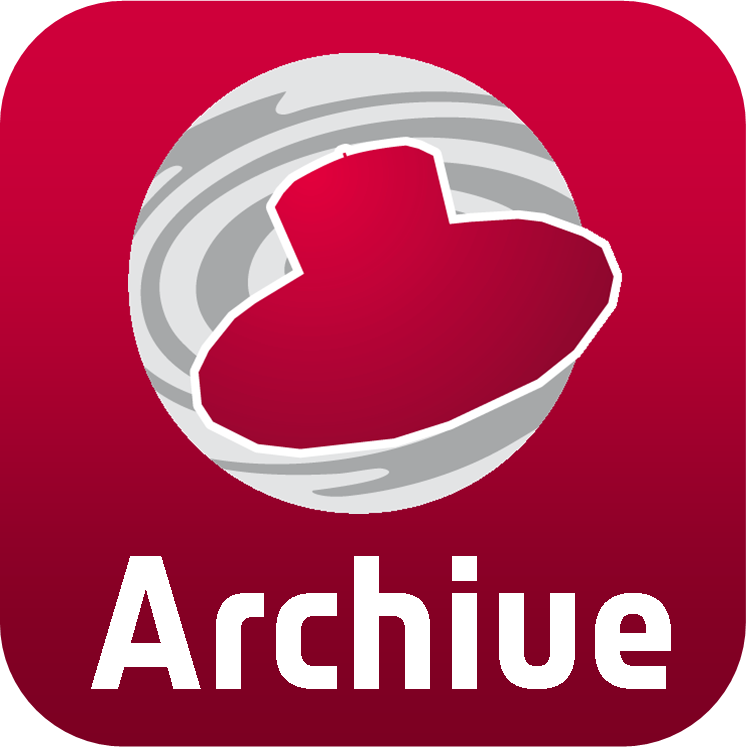
- Converted a total of (1) center to div.

- Converted a total of (1) center to div.

- Converted a total of (1) center to div.
Upcoming Events |
|
June 2025 1 July 2025 View Conference / Event Calendar
|
- Removed a total of (8) style text-align:center;
- Removed a total of (1) align=center.
- Removed a total of (1) cellpadding attribute.
- Removed a total of (4) style text-align:center;
- Removed a total of (1) style text-align:right;
- Removed a total of (1) style float:left;
- Removed a total of (1) style float:right;
- Removed a total of (4) style text-align:center;
- Removed a total of (1) style text-align:right;
- Removed a total of (1) style float:left;
- Removed a total of (1) style float:right;
- Removed a total of (4) style text-align:center;
- Removed a total of (1) style text-align:right;
- Removed a total of (1) style float:left;
- Removed a total of (1) style float:right;
- Removed a total of (3) style text-align:center;
- Removed a total of (1) style text-align:right;
- Removed a total of (1) style float:left;
- Removed a total of (1) style float:right;
- Removed a total of (3) style text-align:center;
- Removed a total of (1) style text-align:right;
- Removed a total of (1) style float:left;
- Removed a total of (1) style float:right;
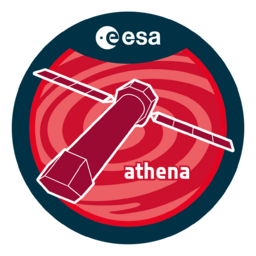
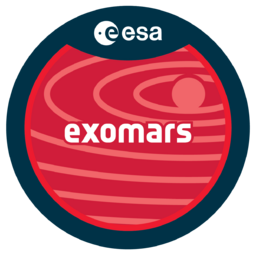
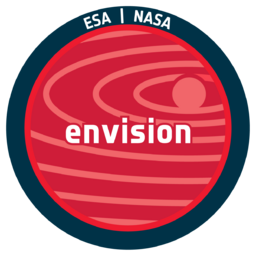
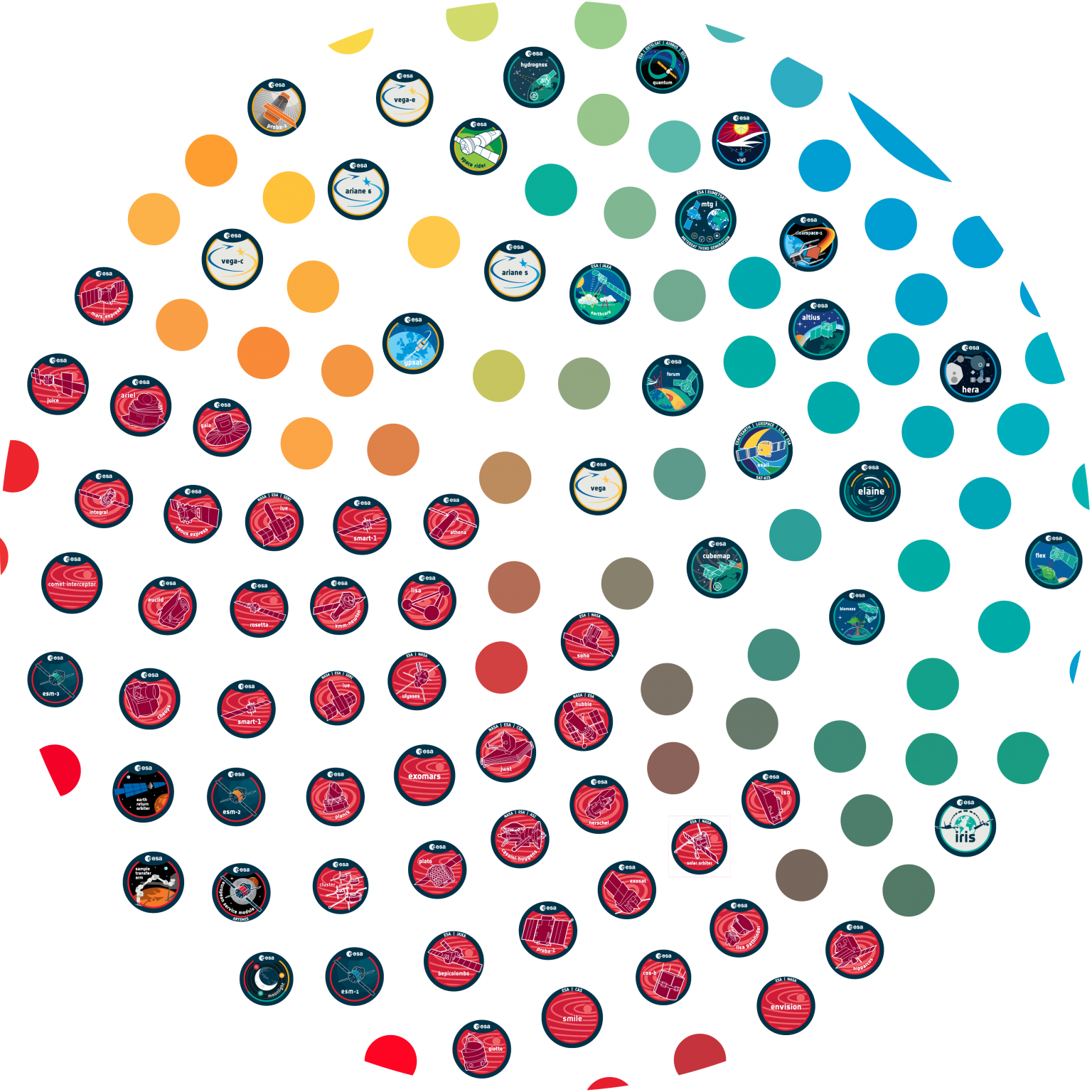
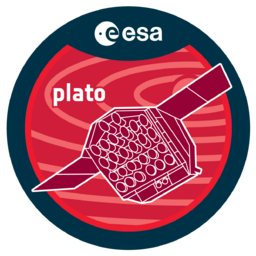
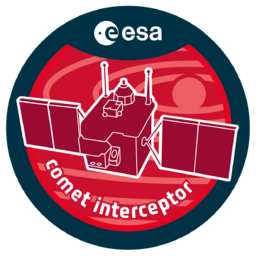

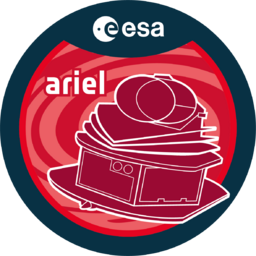
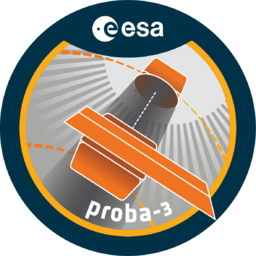
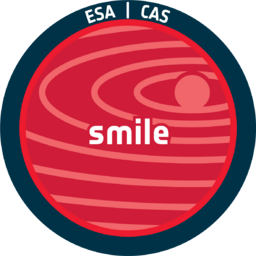
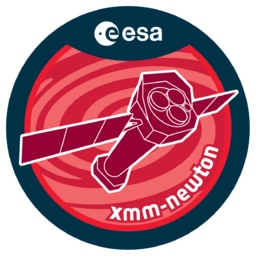
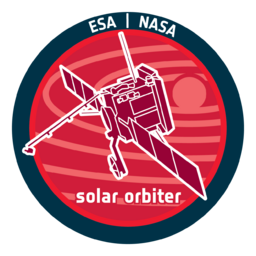
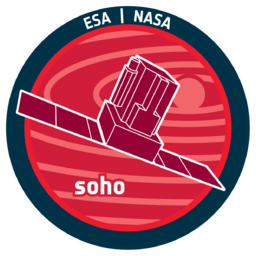
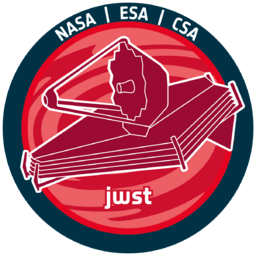
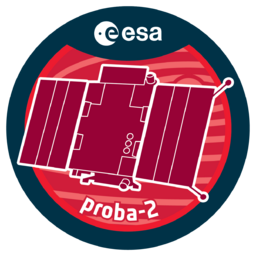
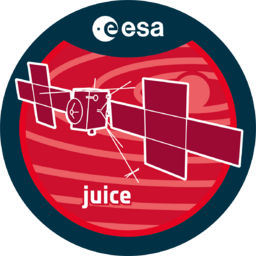
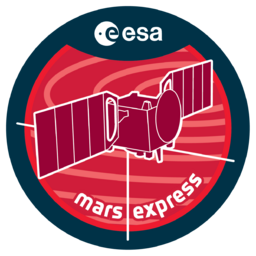
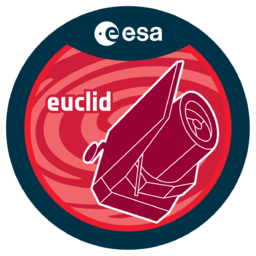
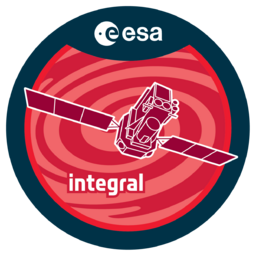
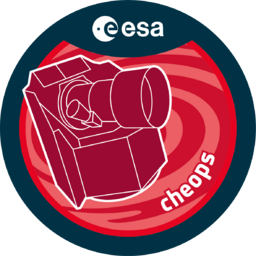
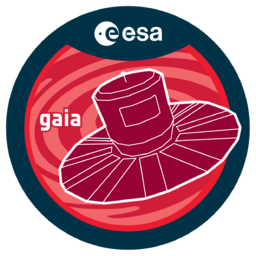
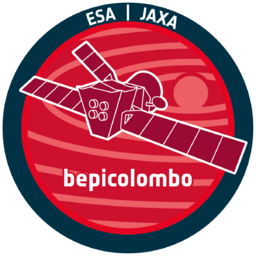
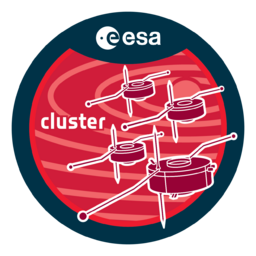
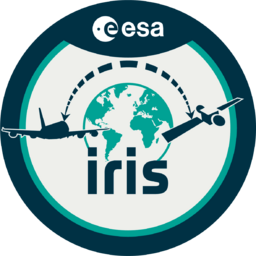
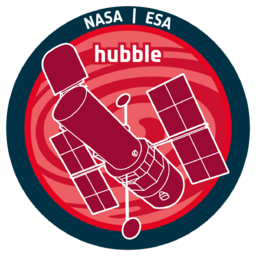
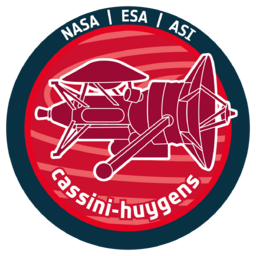
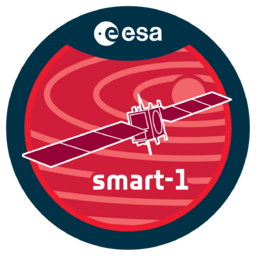
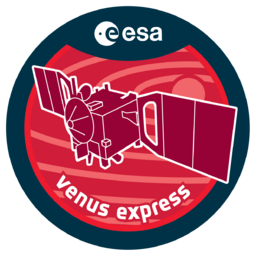
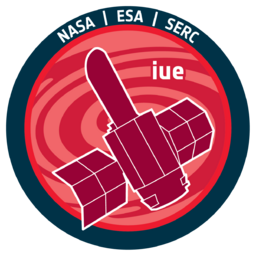
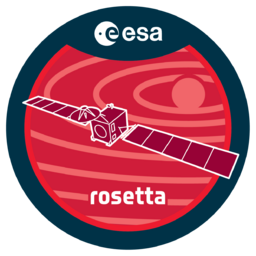
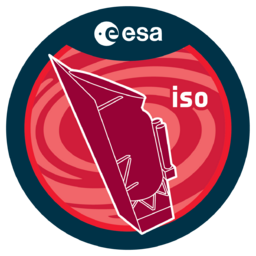

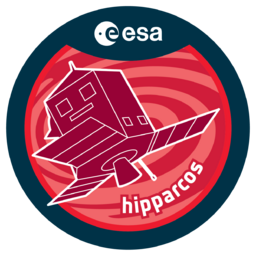
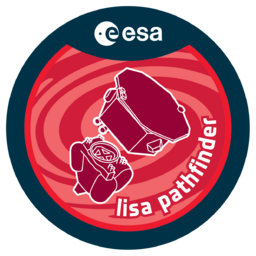
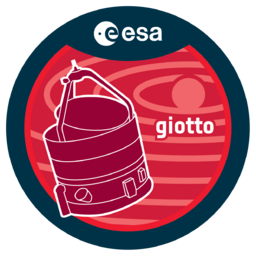
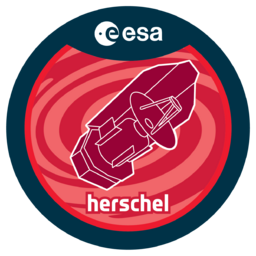
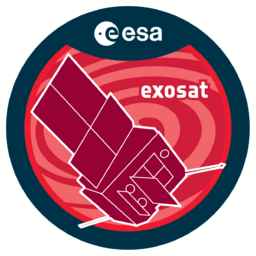
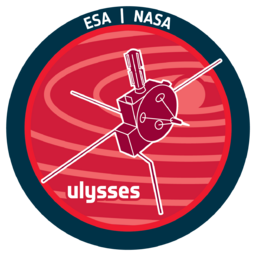
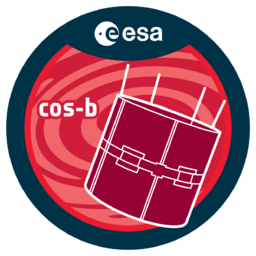

 Sign in
Sign in
 Science & Technology
Science & Technology
